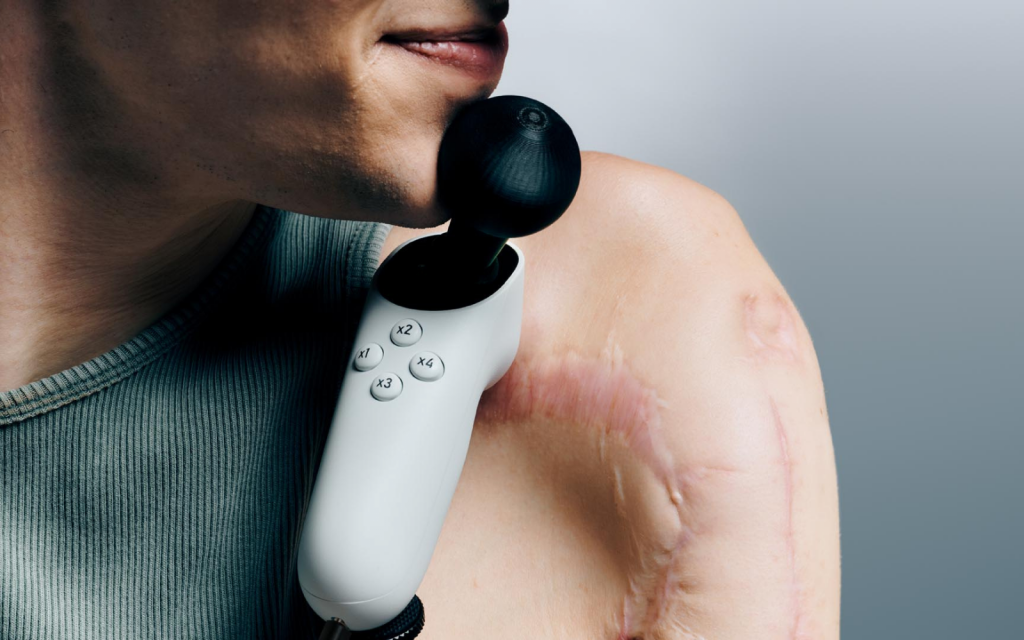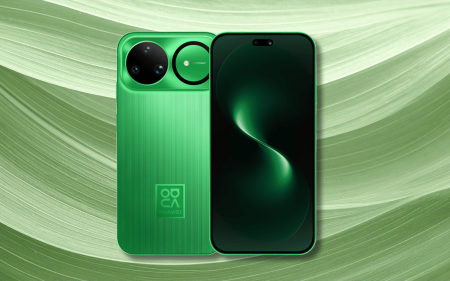Microsoft, and more specifically, Xbox, has long championed accessibility in gaming, as evidenced by the company’s Adaptive Controller, which is designed for people with limited mobility. During Microsoft’s annual Ability Summit, the company took accessibility a step further, making the long-awaited Adaptive Joystick available for purchase – and further expanding opportunities for those without the necessary mobility to fairly turn their noses up at the travesty that is Starfield.
First announced in August 2024 with a promised release date of early 2025, Microsoft has made good on its promises, debuting the new Adaptive Joystick for a reasonable $30 (∼R550). There’s just one catch—you’ll need to make the purchase from the Xbox store directly in the States, which could slow down shipping times for keen gamers in SA. Microsoft claims free shipping everywhere, however, with a favourable return policy.
Not your regular joystick
The Adaptive Joystick is simple by design, featuring a central analogue joystick, four customisable buttons on its front, two mappable trigger-like buttons on the rear, and judging by the trailer, 3D printable accessories that’ll make the thumbstick even easier to navigate. It’s slightly let down by its forced wired capabilities, likely limiting the mobility for some customers. Perhaps a wireless model is in the works?
If the Adaptive Joystick isn’t enough – which can be plugged into an Xbox console (Xbox One and up) or PC – Microsoft has made the controller completely compatible with that Adaptive Controller we mentioned earlier, allowing customers to mix and match their controls for the gamepad that best suits them.
Read More: Meet the Proteus controller, designed for gamers with disabilities
This new Adaptive joystick wasn’t the only accessibility-focused innovation at the Ability Summit. Microsoft also took the opportunity to delve into new solutions for those who struggle with Windows and Teams. Landing sometime this Autumn, AI is coming to the Windows Narrator, supposedly providing “rich image descriptions” of what’s onscreen for those who need it.
And for anyone who might be hard of hearing, an update is headed to Microsoft Teams “later this year” that will put those folks using Sign Language at the forefront of the call. “Teams will be able to identify when someone is using sign language and feature them prominently as a speaker in the meeting,” Microsoft said during its announcement.




